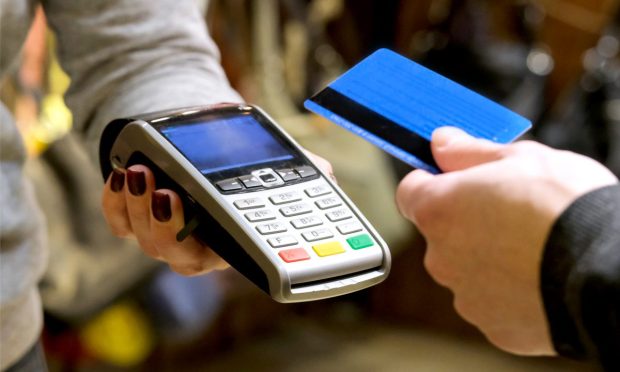Priority Technology, PAX Team to Offer Improved Payment Solutions

Payments technology company Priority Technology Holdings has launched a partnership with PAX Technology, a global payment products provider.
According to a Tuesday (Oct. 4) news release, the collaboration began when Priority asked PAX to develop, customize and certify their VTX payment app to let end users, including Priority clients, utilize the complete line of PAX’s Android products.
“PAX provides a diverse suite of Android products to fit the needs of merchants of all sizes, allowing Priority’s sales and distribution channels greater flexibility to meet their merchants’ varied requirements,” the release said.
The companies noted that businesses are seeking ways to stay relevant through things such as point-of-sale innovations, eCommerce and credit card acceptance, all solutions offered by the Priority/PAX partnership.
“We are excited to be working with one of the largest non-bank merchant acquirers in the U.S.,” said Andy Chau, PAX’s president and CEO. “Priority’s customers will now be able to utilize our certified payment application that combines Priority’s current card acceptance offerings with the PAX’s terminal solutions.”
Last month, PYMNTS spoke to Tim O’Leary, Priority’s new chief financial officer, about the growth opportunities facing his industry.
Read more: Priority Technology’s New CFO Pick Reflects Role’s Strategic Importance
“The vast majority of B2B payments are still done by paper,” O’Leary said. “So, I think it’s early stages, and grabbing market share and having the appropriate technology to help with the transition is critical. I view that as a big, continued growth opportunity for not only Priority, but for the industry.”
O’Leary noted that the biggest hurdle to payment automation is simple inertia — people who have gotten accustomed to a way of doing things and are having trouble changing.
“As people change, those activities may change as well,” he said. “So, as companies transition workforces, you may see continued acceleration of that move to electronic payments.”
The key, in his opinion, is to demonstrate there are simple ways to do things electronically that won’t interrupt the processes they have in place.
